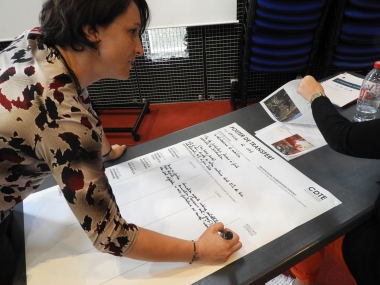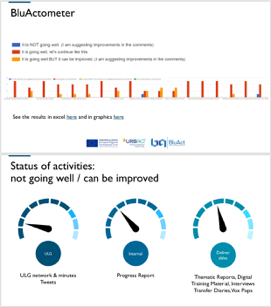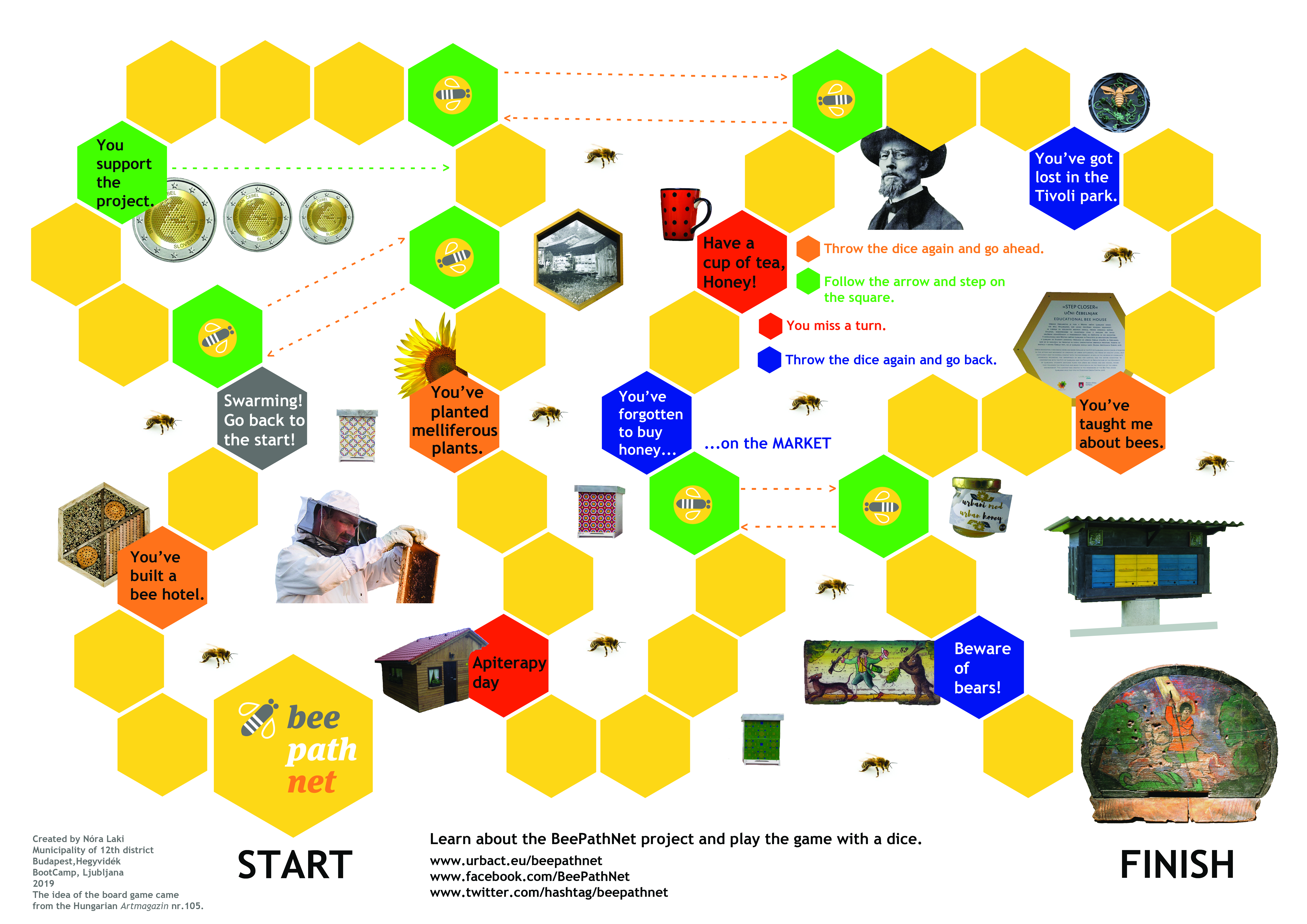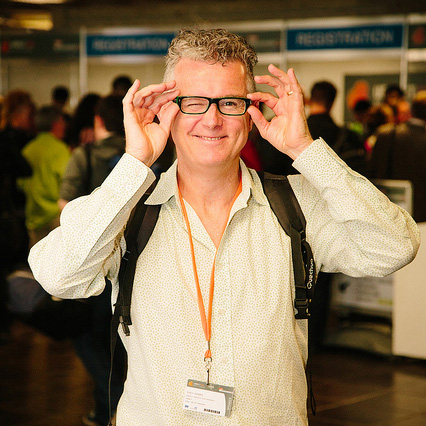Urban Solutions: five early lessons from the URBACT Transfer Networks
Edited on
13 October 2020Find out why (and how) to share urban good practices!

Cities face similar challenges wherever they are in Europe. Climate change, affordable housing and ageing populations are on most City Hall agendas, for example. The good news is that cities are constantly designing and implementing new solutions. The bad news is that they’re still not so good at sharing these. Why is this – and what can we do about it? To answer these questions, URBACT launched 23 Good Practice Transfer Networks in January 2019. One year on, at the midway point, we’re reflecting on their progress. Here, we lift the lid on five important lessons from their work so far.
1. From the start, agree what success looks like.
Good practice transfer can be a messy business. Just because a solution works in one place doesn’t mean it can be neatly applied elsewhere. This isn’t a matter of copy and paste. The transplant process is often complex, particularly when the Good Practice in question is deep and systemic.
How are the network cities addressing this? One way is to focus on specific elements of the Good Practice, which each city can more easily adapt and implement. This acknowledges that although the original model may not – or cannot – be replicated in its entirety, elements within it have universal potential.
This pragmatic approach is evident in a number of Transfer Networks. One of these is Making Spend Matter that aims to rewire public procurement for better local impact. In this case, each participating city has now designed and implemented its own local spend analysis as a starting point to build on. For some, this may be an end in itself, although for most it’s the platform for further work in this area.
2. Identify quick wins
Concepts imported from other places can meet local resistance. In the case of large-scale strategic solutions it may be hard to discern the potential results. To address this, networks have found it h elpful to identify tangible quick wins that can be rolled out in each participating city.
elpful to identify tangible quick wins that can be rolled out in each participating city.
The C-Change network, led by Manchester, provides a good example of this. It champions the role of the culture and creative industry sector in reducing carbon emissions. In the lead city this has taken years to reach the current momentum. However, to accelerate transfer to other cities, C-Change has identified elements that can be rapidly adapted and implemented.
One of these is the concept of Carbon Literacy Training, which creates a network of informed carbon reduction evangelists within key local organisations such as hospitals, schools and businesses. Personnel have already been trained in each city, creating an immediate asset working towards the longer-term goal.
3. Start with the end in mind – and utilise tools to help chart progress
In each of the cases mentioned, partners agreed at the outset what a minimum level of transfer would look like. Each URBACT Transfer network produced a Transferability Plan, which each city partner complemented with its own statement of anticipated transfer progress. This follow’s the mantra of Stephen Covey – to start with the end in mind.
Given that few partners will transfer the original Good Practice in its entirety, it’s important to understand what success will look like – and how cities know they’re moving in the right direction.

Several networks have designed clever tools to track and monitor progress. One example is the Biocanteens network, led by the small French city of Mouans Sartoux (FR). This network seeks to replicate the city’s model of providing affordable, locally sourced organic food in public eating places. Each partner has produced a visual transfer module detailing their priority transfer components (see above).
Across the Mediterranean, the BluAct network, led by Piraeus, focuses on growing the Blue Economy. It has developed a neat dashboard for their cities to check their progress at a glance, encouraging an ongoing peer review exchange (see right). Visual tools like these keep everyone on track whilst underlining each city’s stated goals.
4. Jump in with small-scale experimentation
URBACT networks give cities space for learning, innovation and experimentation
Although each transfer network has a lead city partner with a Good Practice to share, we can see that the learning is going in all directions. It’s not simply a case of partner cities coming as empty vessels to be filled with knowledge! Each city brings its own experience and perspectives, and the Good Practice cities are absorbing these and improving their original concepts.
Prototyping new approaches is important and some networks have a specific framework to support small scale experimentation. A good example is the On Board network that focuses on innovation in the education system. Within the project, all partners have committed to piloting an intervention developed by another On Board city. This includes the lead partner, Viladecans (ES), which is exploring the concept of an amateur radio space station pioneered by Poznan (PL).
Another Polish city, Łodz (PL), leads the Urban Regeneration Mix project where multilateral learning and piloting are also evident. There, Toulouse (FR), Bologna (IT), Baena (ES), Birmingham (UK) and Braga (PT) have identified a menu of effective neighbourhood interventions (called ‘Foundation Builders’) including the pioneering Łodz approach involving residents as Lighthouse Keepers. A shadowing programme between partners in early 2020 will support this.
5. Make sure you understand what’s going on – and explore different ways to tell the story
The timeline for the URBACT Transfer network is short and intense. After eighteen months of activity, the second half of 2020 provides a platform to share and maybe even further cascade these replication experiences. In preparation for this, participating cities have been keeping track of their learning journey so others can benefit from their experience.
Transfer network cities have been doing this through a variety of channels – including transfer diaries and short videos. True to the URBACT spirit, they have identified different stakeholder voices to capture the richness and diversity of the journey. By the end of 2019 we can already see a variety of fresh personal reflections that capture participants’ stories of transformation. As well as politicians and city managers, these feature the voices of teachers, beekeepers and cooks - each describing their own journey.

What happens next?
Later this year we’ll be taking these transformation stories on the road. The National Urbact Points will be working with Transfer Network Cities to showcase these experiences across Europe. This will be a chance to connect with participating cities and to see how these Good Practices can be adapted to meet your own city’s needs. Look out for further details coming soon.
 Submitted by Eddy Adams on
Submitted by Eddy Adams on




